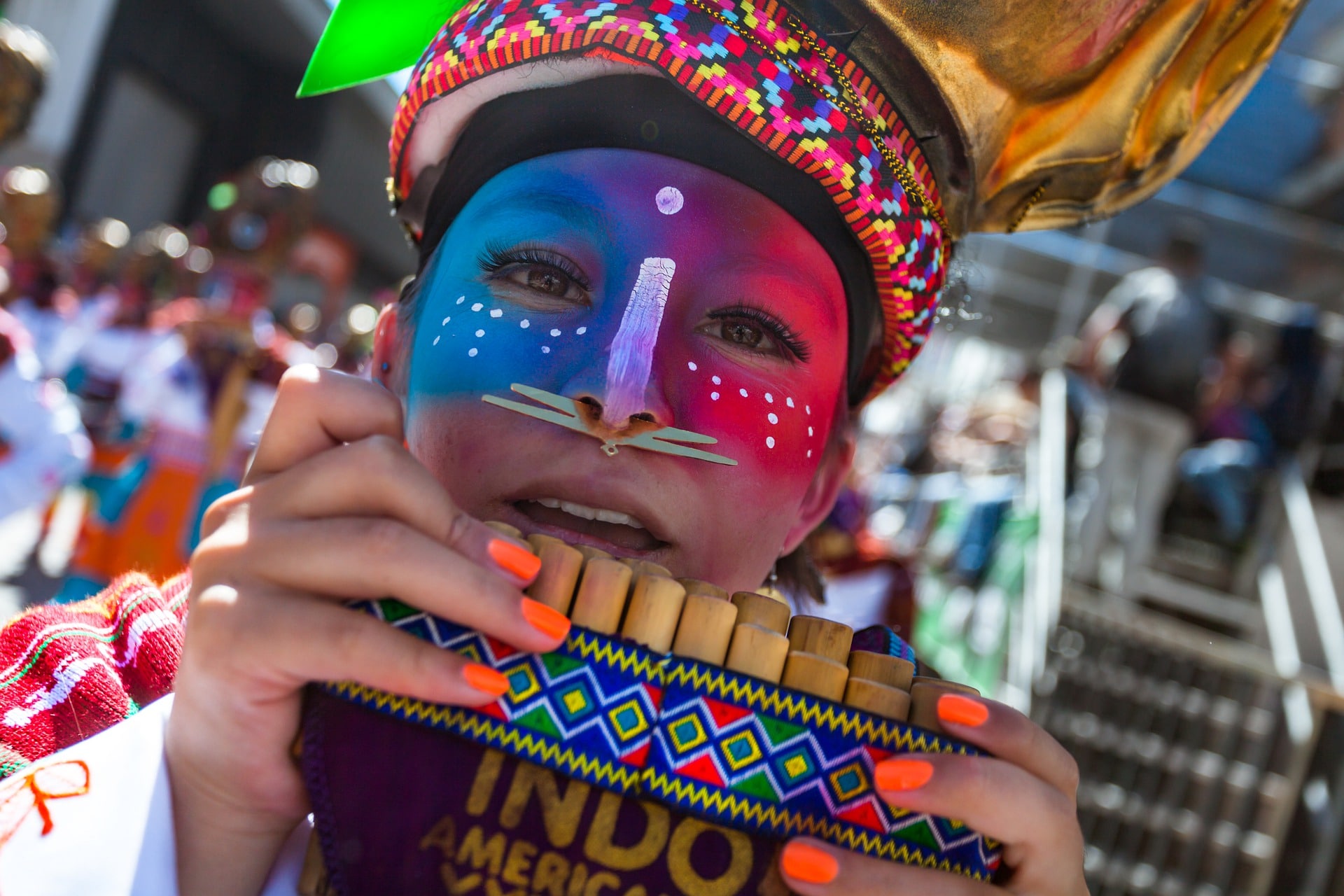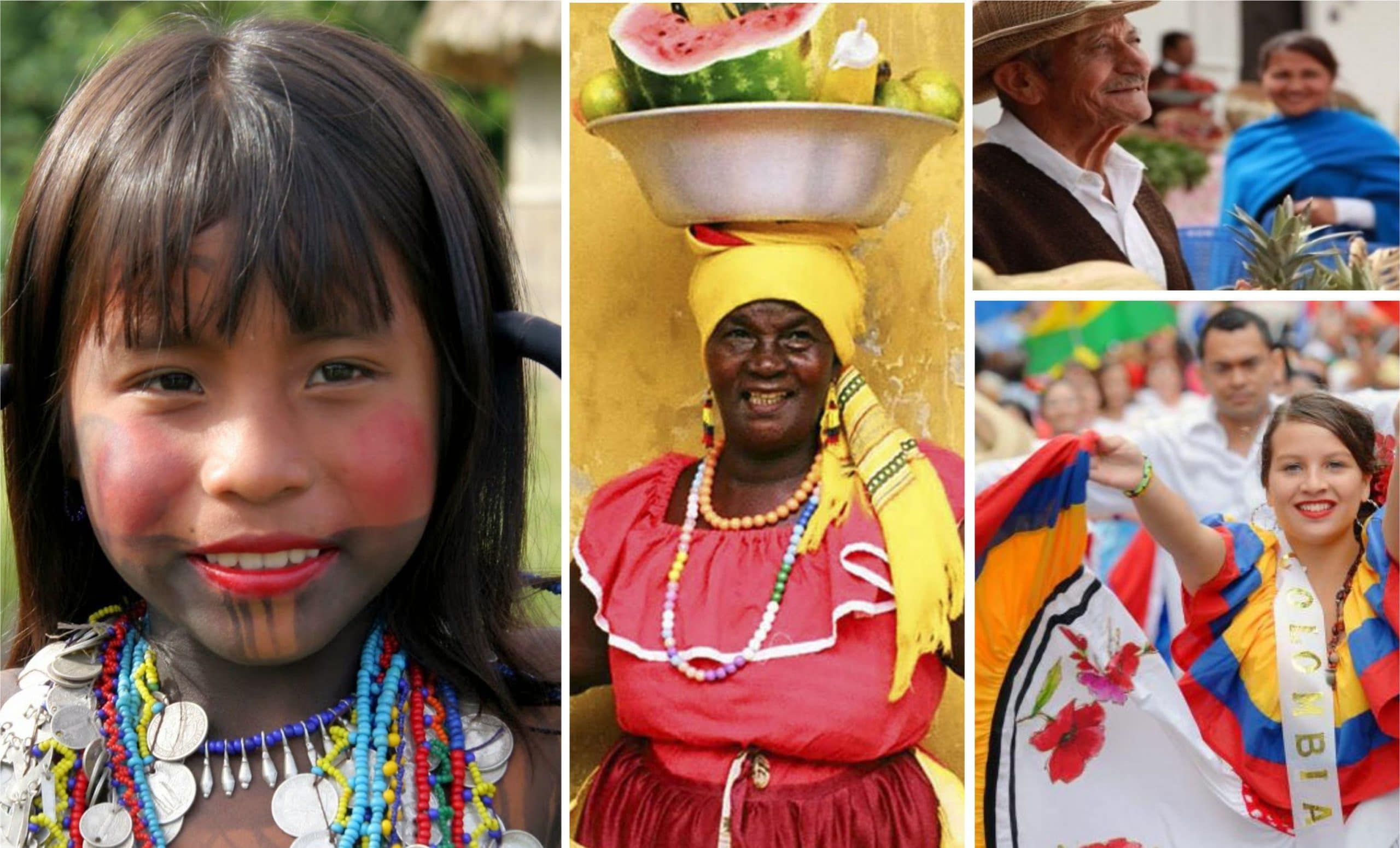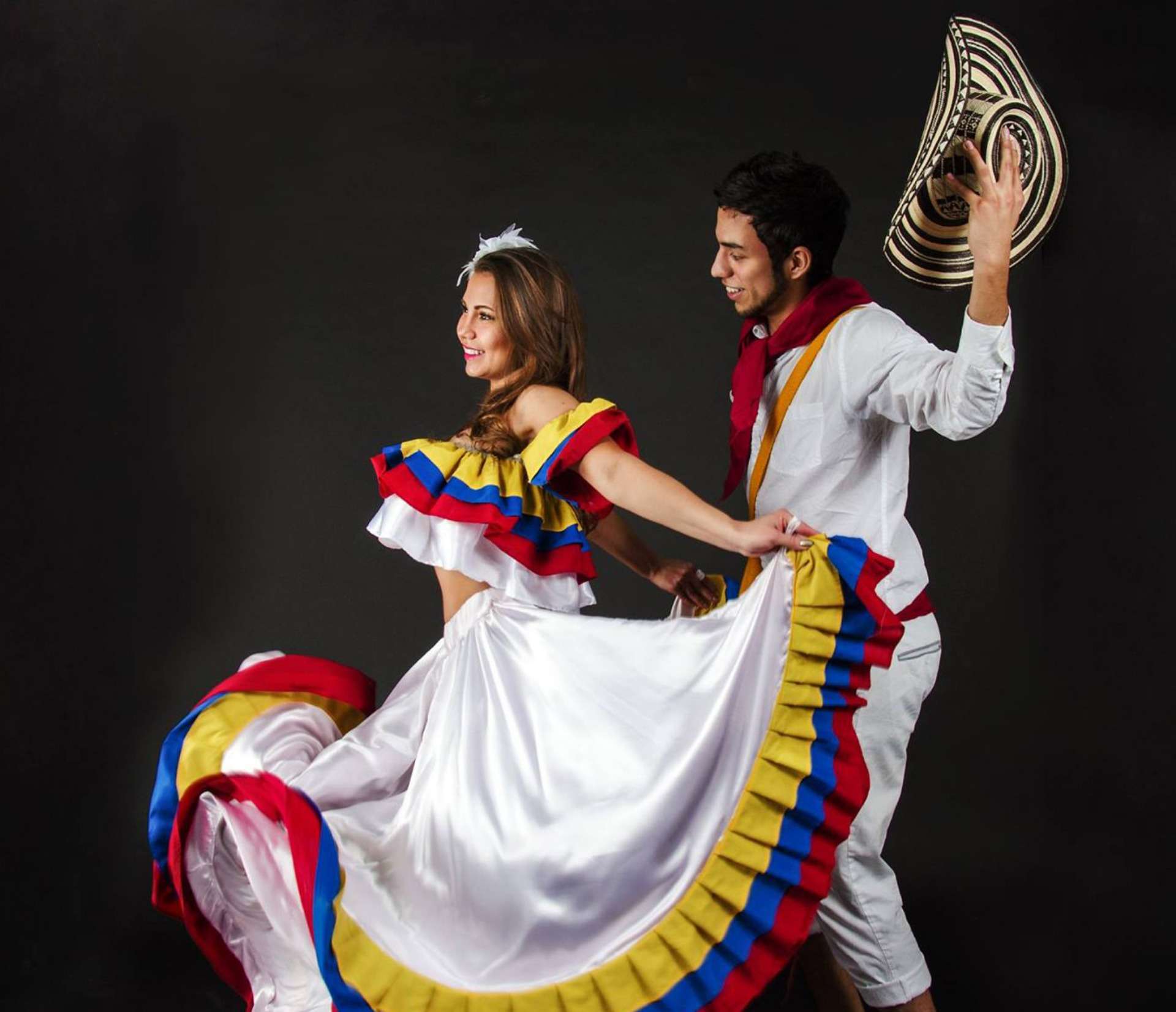
Like many other American countries, Colombia is a multicultural country, melting pot of all kinds of races and civilizations. Precisely this wealth and diversity It is one of the great prides of the Colombian people and a good part of its essence resides in it.
The cultural and ethnographic diversity of this South American country is the result of the mixture of three main ethnic groups originating from three different continents: America, Europe and Africa. This process began with the arrival of the Spanish five centuries ago and has continued to develop to this day with the arrival of immigrants from many countries in Europe, the Middle East and, to a lesser extent, from Asian countries.
In the last census carried out in Colombia, the vast majority of the population (about 87%, that is, more than 38 million people) was classified "without ethnicity." This is expressed in the data of the National Administrative Department of Statistics (DANE). However, the truth is that a large part of the population is, to a greater or lesser extent, the result of miscegenation.
In reality, this category of «without ethnic belonging» serves to encompass the vast majority of Colombians who cannot be labeled in more specific categories such as that of Afro-Colombian (almost 3 million people) or Indian (1,9 million).

Colombia, a multicultural country.
Main ethnic groups of Colombia
Colombia is one of the countries with the greatest ethnic and linguistic diversity in the world. These are the most important groups:
Mestizos
They are the majority group. The miscegenation between Europeans and Native Americans began from the first years of the Spanish conquest. The mestizo group It is the most numerous in Colombia and is found very regularly throughout the territory. It is estimated that around 80% of Colombians have European and indigenous ethnic origins.
Caucasians
It is a smaller group in which European origins predominate. The white population it represents more or less a third of the total population of Colombia. His ancestry is mainly Spanish and, to a lesser extent, also Italian, German, French and from Slavic countries. Bogota and Medellin They are the two cities with the highest percentage of white population in the country.
Afro-Colombians
The total number of Colombians included in this group varies according to the different studies, although it ranges from 7% to 25%, depending on whether or not other groups such as the roots or palenqueros. There seems to be more agreement on the demographic distribution of the Afro-Colombians, clearly concentrated on the Pacific coast. In the Chocó department for example, this group is overwhelmingly in the majority.
This segment of the Colombian population has its origin in the black slaves taken by force from African lands to America. Today the Colombian Constitution fully recognizes the rights, culture, customs and traditions of Afro-Colombians.
Indigenous people
The percentage of indigenous population in Colombia has been drastically reduced in the last century and today stands at around 4-5%. According to the 2005 Census, approximately half of the indigenous of the country are concentrated in departments of La Guajira, Cauca and Nariño. The 1991 Constitution guaranteed the recognition of the fundamental rights of these peoples. The cultural and linguistic richness of these peoples (64 Amerindian languages are spoken in Colombia).
Arabs
Coming from Middle Eastern countries such as Syria or Lebanon that began arriving in the country at the end of the XNUMXth century. It is calculated that there are about 2,5 million Colombians of Arab origin, although only a small part of them declare themselves Muslim.

The typical costumes of the Colombian cumbia
Cultural expressions of Colombia
The colorful result of the mixture of Europeans, indigenous peoples and Africans gives rise to numerous and varied cultural expressions that make Colombia a multicultural country like few in the world.
To the cultural substrate of the native civilizations, the Spanish added, among others, Catholicism or the feudal system of encomienda, in addition to the technological contributions of the time. Africans, taken as slaves to the new world, brought with them new cultural and artistic expressions, especially within the field of music and dance. Behind the Independence of Colombia, the Creoles tried to establish a pluralistic political system. On the other hand, the mixture of the different racial groups gave rise to the formation of new ethnic groups.
Architecture, plastic arts, literature, music, gastronomy… In each and every one of these areas of Colombian culture, the fusion of different elements is present as an enriching element.
Especially in the linguistic field Colombia stands out for its diversity. The Spanish, the most widely spoken language, has numerous dialect variants. On the other hand, indigenous languages They are a valuable cultural treasure made up of more than 60 languages, of Amazonian origin in the south of the country and of the Arawak family in the north.
Also religion as a cultural expression it captures this multiculturalism. Although the vast majority of Colombians are Catholics, as a secular state, Colombia guarantees freedom of worship and the rights of other religious communities such as evangelicals, Jehovah's Witnesses, Buddhists, Muslims or Jews.
HELLOAAA
I AM FACED THESE ANSWERS
THEY ARE THE BEST THANKS
It is impressive what I can believe, thank you, you are the best good vibes
Aww Loo Improver Ok <3